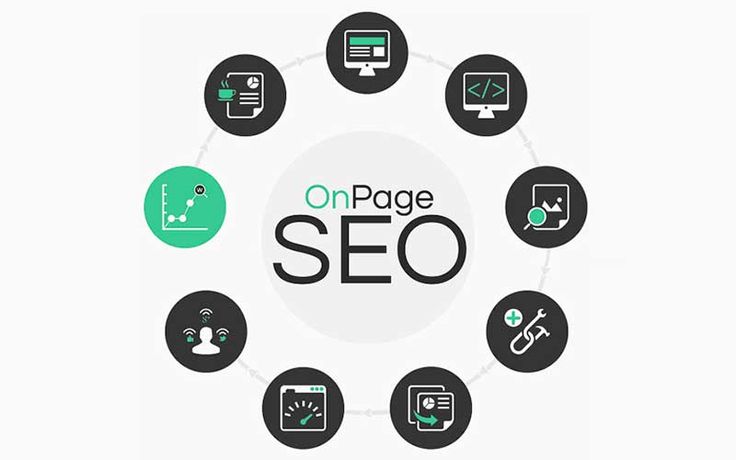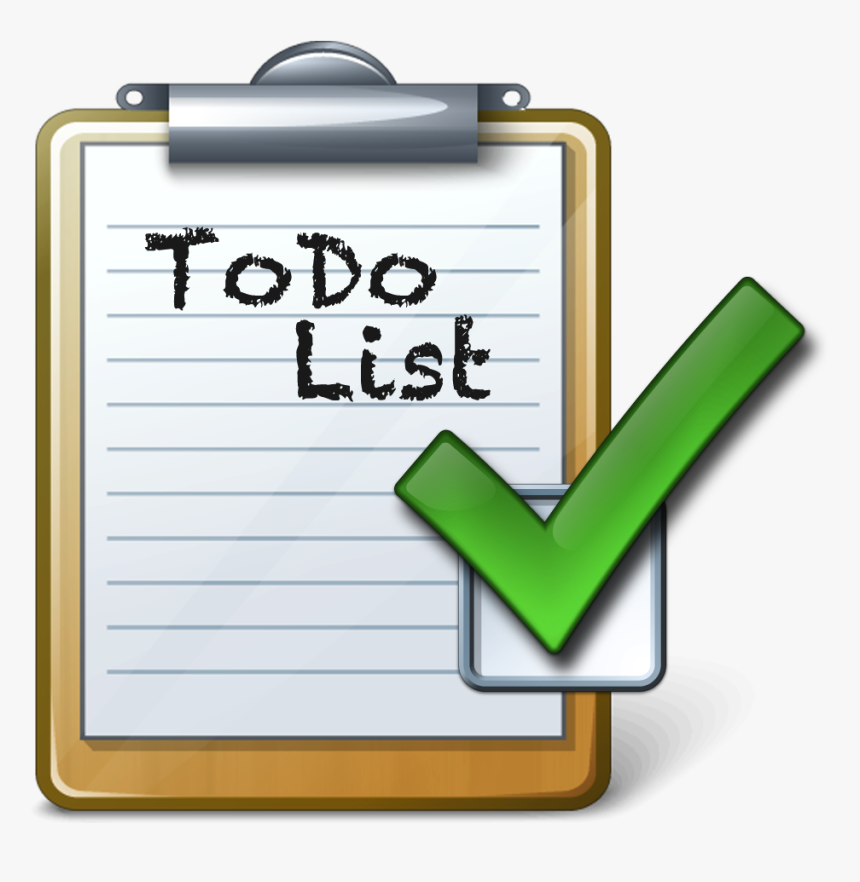On-page SEO refers to the practice of optimizing the content and HTML source code of a page. It encompasses various elements, including content quality, keyword usage, meta tags, and site architecture. The goal is to make your website more accessible and understandable to search engines while providing valuable content to users.
Keyword Research
Effective on-page SEO starts with thorough keyword research. Identify relevant keywords that your target audience is searching for. Use tools like Google Keyword Planner, Ahrefs, or SEMrush to find keywords with a good balance of search volume and competition.
Content Quality
High-quality, unique content is essential for on-page optimization. Your content should be informative, engaging, and tailored to meet the needs of your audience. Ensure that it addresses user intent and provides real value.
Title Tags
The title tag is one of the most important on-page SEO elements. It should be concise (50-60 characters), include your primary keyword, and accurately reflect the content of the page.
Meta Descriptions
Meta descriptions provide a brief summary of your page’s content in search results. They should be compelling, include relevant keywords, and encourage users to click through to your site.
Header Tags
Use header tags (H1, H2, H3) to structure your content effectively. The H1 tag should contain your main keyword and represent the main topic of the page, while H2 and H3 tags can be used for subheadings and additional sections.
URL Structure
A clean and descriptive URL structure helps both users and search engines understand the content of your page. Include your primary keyword in the URL and keep it concise.
Image Optimization
Optimize images by using descriptive file names and alt text that includes relevant keywords. This not only improves accessibility but also helps search engines index your images.
Internal Linking
Internal links connect different pages within your website, helping users navigate easily while distributing link equity across pages. Use descriptive anchor text for these links.
External Linking
Linking to authoritative external websites can enhance your content’s credibility and provide additional value to users.
Mobile Responsiveness
Ensure that your website is mobile-friendly, as a significant portion of web traffic comes from mobile devices. Responsive design improves user experience and is favored by search engines.
Page Speed
Page load speed is a ranking factor for Google. Optimize images, leverage browser caching, and minimize JavaScript to improve loading times.

To help you implement these strategies effectively, here’s a simple on-page SEO checklist:
Conduct thorough keyword research.
Create high-quality, unique content.
Optimize title tags with primary keywords.
Write compelling meta descriptions.
Use header tags (H1, H2) appropriately.
Ensure URLs are clean and keyword-rich.
Optimize images with alt text.
Incorporate internal links to related content.
Link out to authoritative external sources.
Test for mobile responsiveness.
Improve page speed through optimization techniques.

On-page SEO is an ongoing process that requires regular updates and adjustments based on performance metrics and changing algorithms. By following this guide and using the checklist provided, beginners can set a solid foundation for their websites’ SEO efforts, leading to improved visibility in search engine results pages (SERPs) and ultimately driving more traffic to their sites.
By focusing on these key elements of on-page SEO, you can enhance your website’s performance in search engines while providing valuable content that meets the needs of your audience. Start implementing these strategies today to see significant improvements in your site’s visibility!